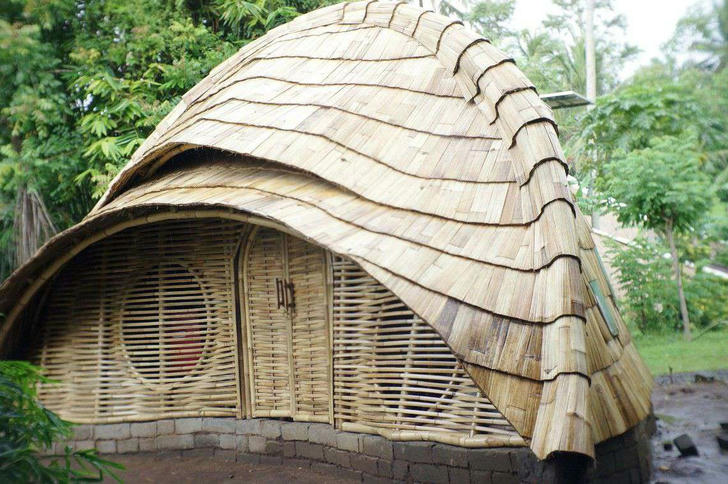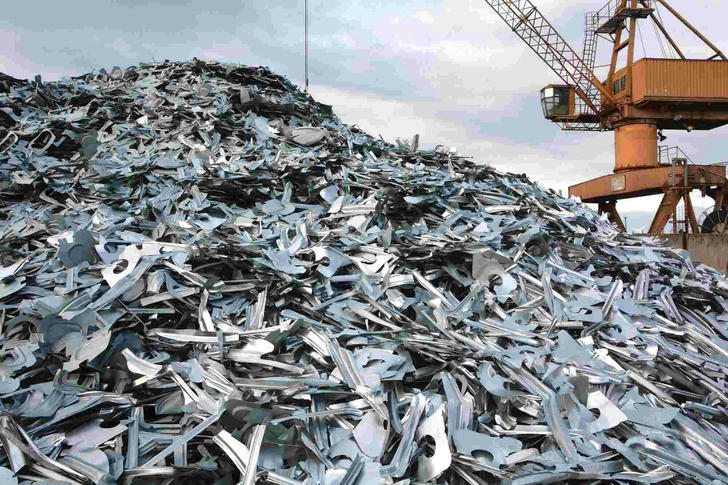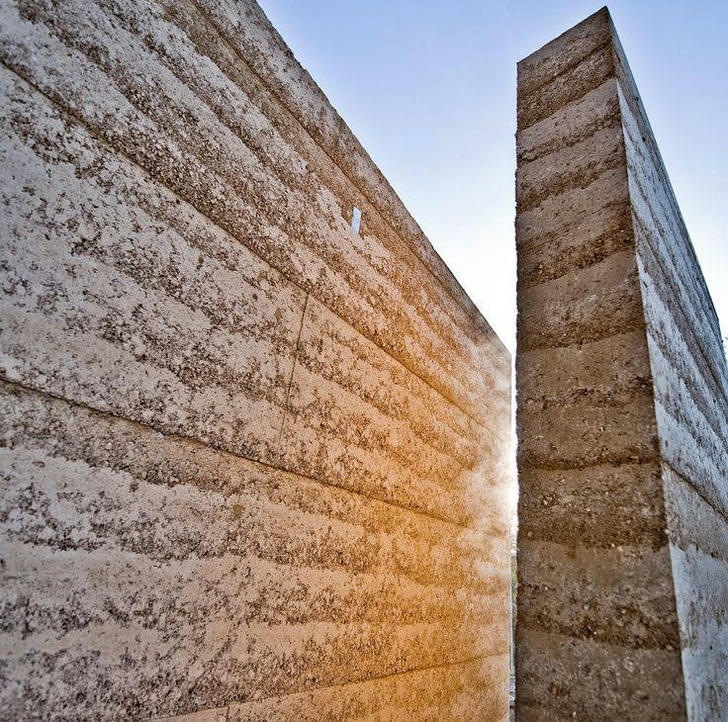Sustainable Building Materials: A Comparison Guide to the Best Options
In today's world, sustainability is not just a trend; it's a necessity. The construction industry is one of the largest contributors to environmental degradation, making the choice of building materials critical. This article provides practical tips on sustainable building materials, comparing some of the best options available to help you make informed decisions for your next project.

1.Bamboo: The Fast-Growing Alternative

Overview
Bamboo is often touted as one of the most sustainable building materials due to its rapid growth. It can reach maturity in three to five years, making it a highly renewable resource.
Practical Tips
Use for Structural Elements: Consider bamboo for beams, columns, and flooring. Its tensile strength rivals that of steel, providing durability.
Sourcing: Always check for certifications to ensure the bamboo is harvested sustainably. Look for products certified by organizations like the Forest Stewardship Council (FSC).
Moisture Control: Apply a protective coating to bamboo products to prevent moisture absorption, which can lead to mold and decay.
2.Recycled Steel: Strength Meets Sustainability

Overview
Recycled steel is an excellent choice for sustainable construction. It can be produced with significantly less energy than virgin steel and can be recycled indefinitely without losing quality.
Practical Tips
•Choose Recycled Content: Look for steel products that specify a high percentage of recycled content, minimizing the need for new raw materials.
•Consider Design Flexibility: Use steel for framing, roofing, and cladding, as it offers design flexibility and strength for various architectural styles.
•Proper Insulation: Steel conducts heat, so ensure adequate insulation to enhance energy efficiency and comfort.
3.Rammed Earth: Natural and Durable

Overview
Rammed earth construction involves compressing a mixture of soil, clay, and gravel into forms. This ancient technique offers excellent thermal mass and low environmental impact.
Practical Tips
Assess Local Soil: Before opting for rammed earth, test the local soil to ensure it contains suitable proportions of clay and sand for effective compaction.
Use in Mild Climates: Ideal for regions with moderate temperatures, rammed earth walls help maintain consistent indoor temperatures.
Protect from Moisture: Incorporate adequate drainage systems to protect rammed earth structures from water damage.
4.Sustainable Concrete Alternatives
Overview
Traditional concrete has a high carbon footprint, but alternatives like hempcrete, fly ash concrete, and recycled concrete aggregates provide sustainable options.
Practical Tips
Hempcrete: Use this lightweight material for insulation rather than load-bearing walls. It is an excellent insulator and contributes to carbon sequestration.
Fly Ash Concrete: Opt for concrete mixes containing fly ash to reduce the demand for Portland cement, lowering emissions.
Recycled Aggregate: When using recycled concrete aggregate, ensure proper engineering to maintain the structural integrity of the new concrete.
5.Certified Sustainable Wood

Overview
Wood is a traditional building material that can be highly sustainable if sourced from responsibly managed forests. Look for FSC-certified wood to ensure sustainability.
Practical Tips
Use Locally Sourced Wood: Whenever possible, choose local timber to reduce transportation emissions and support regional economies.
Consider Engineered Wood: Products like cross-laminated timber (CLT) offer enhanced strength and stability, making them suitable for larger structures.
Implement Treatments: Apply natural, non-toxic treatments to improve the durability of wood while keeping it safe for indoor air quality.
6.Straw Bale: An Eco-Friendly Insulator

Overview
Straw bale construction utilizes straw as insulation, making it a cost-effective and renewable building option. Straw is an agricultural byproduct, often readily available.
Practical Tips
Design for Fire Resistance: Incorporate fireproofing measures, such as stucco or plaster finishes, to enhance the fire resistance of straw bale walls.
Maintain Proper Drainage: Ensure the design includes adequate drainage to prevent moisture buildup, which can compromise the bales.
Combine with Other Materials: Consider using straw bales in conjunction with timber or steel frames for structural support while maximizing insulation.
7. Recycled Glass: A Stylish and Sustainable Choice
Overview
Recycled glass can be used in various applications, including countertops, tiles, and insulation. Its aesthetic appeal and durability make it a popular choice for sustainable design.
Practical Tips
Use in High-Traffic Areas: Choose recycled glass for countertops and flooring, as it is durable and resistant to moisture and stains.
Incorporate in Design Elements: Use glass in decorative elements, such as backsplash tiles, to create visually striking features while promoting sustainability.
Check for Local Availability: Source recycled glass products from local suppliers to reduce transportation impacts and support the circular economy.
8. Natural Insulation Materials
Overview
Natural insulation materials, such as wool, cellulose, and cotton, are becoming increasingly popular as eco-friendly alternatives to synthetic options.
Practical Tips
Cellulose from Recycled Paper: Opt for cellulose insulation made from recycled paper for its low environmental impact and excellent thermal performance.
Wool Insulation: Consider using sheep wool for its natural moisture-regulating properties, keeping homes dry and reducing mold growth.
Avoid Chemicals: Ensure that natural insulations are free from harmful chemicals and VOCs to maintain healthy indoor air quality.
Conclusion

